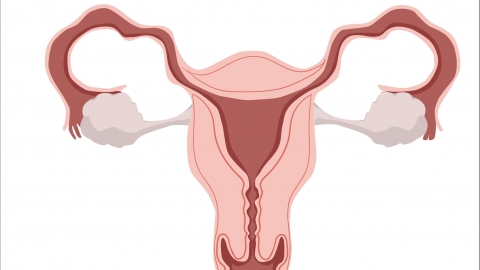What is a bicornuate uterus?
Generally, uterus didelphys may be caused by abnormalities in Müllerian duct development, genetic mutations, maternal exposure to teratogens during pregnancy, congenital rubella syndrome, Turner syndrome, and other factors. Patients should seek timely medical consultation at reputable hospitals to identify the cause and receive appropriate treatment. Detailed explanations are as follows:
1. Abnormal Müllerian Duct Development
During embryonic development, if the Müllerian ducts fail to fuse properly, two separate uteri may form. This is the primary cause of uterus didelphys. If there are no symptoms such as menstrual irregularities or fertility difficulties, specific treatment is usually unnecessary.
2. Genetic Mutations
Certain genetic mutations can affect the development of reproductive organs, leading to abnormal uterine development and resulting in uterus didelphys. Individuals with a family history of such conditions should undergo gynecological examinations early to assess uterine development.

3. Maternal Exposure to Teratogens During Pregnancy
Contact with teratogens, such as certain medications or chemicals, during pregnancy may interfere with fetal reproductive organ development and increase the likelihood of uterus didelphys. Pregnant women should avoid exposure to teratogens. If abnormalities are detected after birth, prompt medical evaluation is necessary.
4. Congenital Rubella Syndrome
If a mother contracts rubella virus during pregnancy, it may affect fetal development, including uterine development, increasing the risk of uterus didelphys and potentially causing other organ abnormalities. Pregnant women should take precautions to avoid rubella infection, and vaccination prior to pregnancy is recommended.
5. Turner Syndrome
This chromosomal abnormality may affect female reproductive organ development, leading to abnormal uterine development such as uterus didelphys, and may also present with other features like short stature and underdeveloped secondary sexual characteristics.
When necessary, patients can seek treatment at reputable hospitals through uterine reconstructive surgery. In daily life, maintaining personal hygiene to prevent reproductive system infections, ensuring regular sleep patterns, avoiding excessive fatigue, and engaging in appropriate physical exercise to enhance physical resistance are recommended. If planning for pregnancy, consulting a physician in advance to develop a suitable fertility plan is advised.




